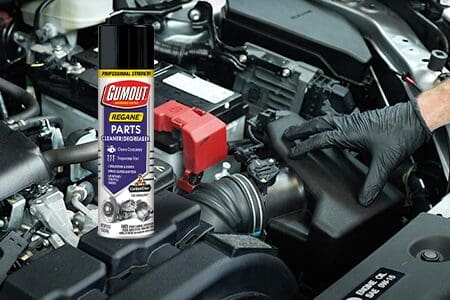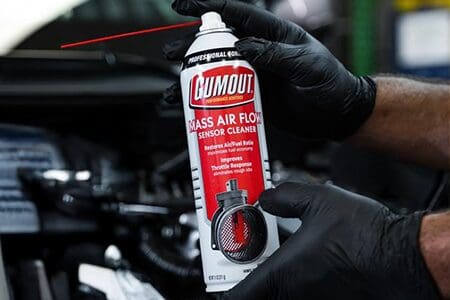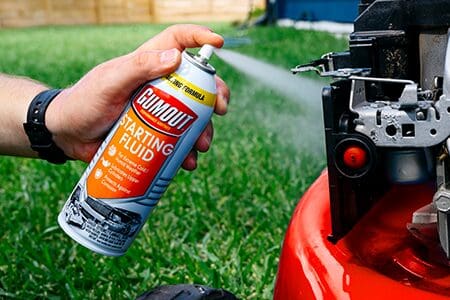What is A Fuel System?
The fuel system in a vehicle consists of a few components that help transfer fuel from the tank to the engine for combustion. Since fuel delivery to the engine is essential for smooth driving; your fuel system must always be in efficient working condition. If there is a lapse in the system you will feel a loss in power and performance.
Let’s take a look at the components in a fuel system in detail to get a better understanding of how the fuel system works and how each component plays a part in the fuel system.
The Fuel Tank
The tank is where all your fuel is stored. It is also the starting point of the entire fuel system. Fuel tanks in older cars are usually situated at the back-end, right between the rear seat and the trunk. However, modern requirements for trunk space and leg space have led designers to shift the fuel tank under the rear seat in many newer vehicles.
The Fuel Pump
Once you have gas in your tank, it needs to go from the tank through to the engine. The distance between the tank and the engine is just too much that gravity or even momentum could help. This is where a fuel pump comes in. The pump injects fuel into the fuel lines with extreme pressure so that the engine gets the right amount of fuel at the right time. If the fuel pump is not doing its job properly you are bound to lose power. Also, the fuel pump is the most vulnerable part of the entire fuel system so there are more chances for it needing replacement.
The Fuel Rail
The component that receives the fuel before it enters the engine’s combustion chamber is the fuel rail. This component has several sensors that measure the fuel pressure received from the pump and the amount of fuel required by the engine. By calculating the requirement of the engine the fuel rail releases fuel to perhaps the most important part of the fuel system – the fuel injectors.
The Fuel Injectors
The final piece in the fuel system puzzle is fuel injectors. As their name suggests, injectors ‘inject’ fuel into the engine cylinders. The process of fuel injection happens thousands of times while you are driving and that makes the injectors susceptible to wear. Fuel injectors are the second most vulnerable component in the fuel system and while they don’t need to be replaced that often, they need to be cleaned every once in a while for them to perform at their best. A fuel system cleaner is what is needed.
How does a fuel system cleaner help?
Let’s face it; the quality of fuel we get is not that great. Often, carbon based deposits build up in the fuel system and clog the whole system over time. That is when the key fuel system components like the fuel injectors start to no operate properly. And we already know what follows that – loss of performance, loss in acceleration, idling problems and loss of fuel economy. It is in your best interest to avoid any such problems so that driving remains fun and enjoyable while the engine remains healthy.
Fuel system cleaners are designed to safely remove the harmful carbon deposits from your fuel components and in turn make them healthier and efficient. A fuel system cleaner is usually used every 3,000 miles so that everything inside remains clean and functioning as designed. While there are so many fuel cleaners available in the market, Gumout fuel system cleaners are made with P.E.A. (polyetheramine), a highly potent nitrogen-based detergent that thoroughly cleans engine parts in a way weaker detergent can’t. Gumout uses higher concentrations of active ingredients and rigorously tests every formula to meet tough performance and safety standards. A fuel system cleaner will improve acceleration in your vehicle to the point that you will feel like you added a few horsepowers to the engine. Furthermore, the engine will run a lot smoother and you will notice a rise in the fuel economy. Therefore, if you are noticing a loss in your vehicle’s performance and if you have never used a fuel cleaner ever before, it is time you tried one. Not only will you improve the performance of your car’s engine but you will also improve engine health. Plus, it’s very easy to use. If you can pump gas, you can use Gumout. Just pour a bottle in right before you fill up and that’s it; the product goes to work immediately and you should see a difference before you need to fill up again.















